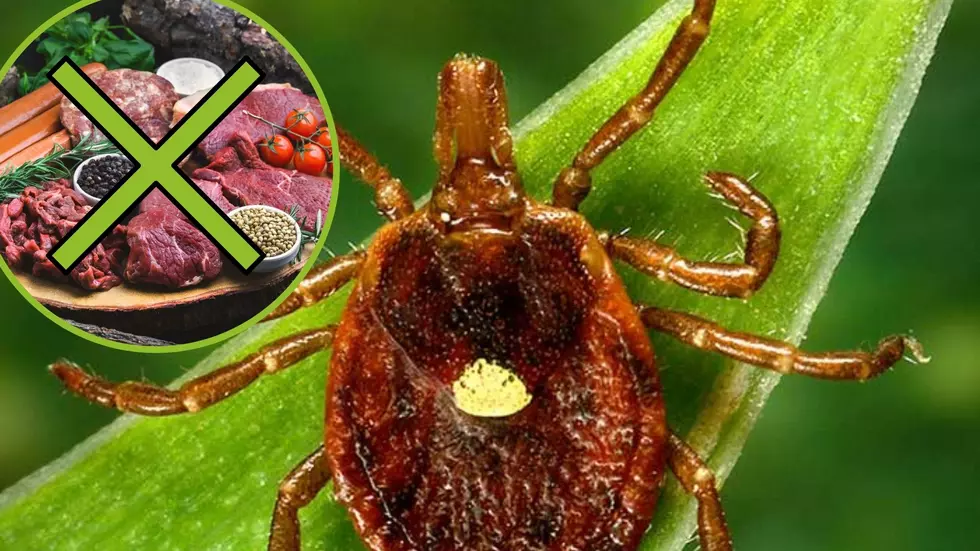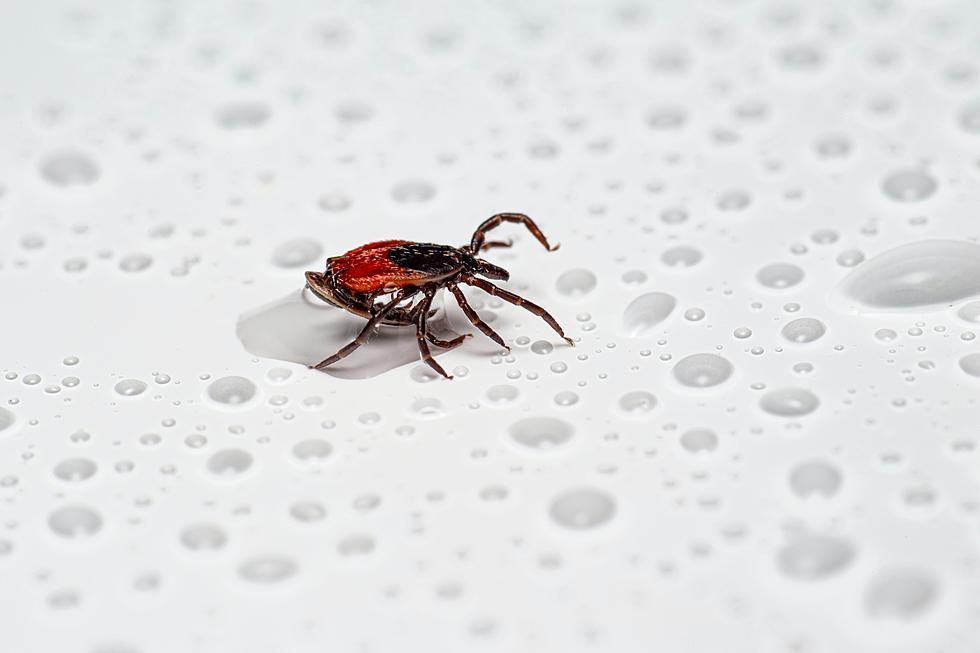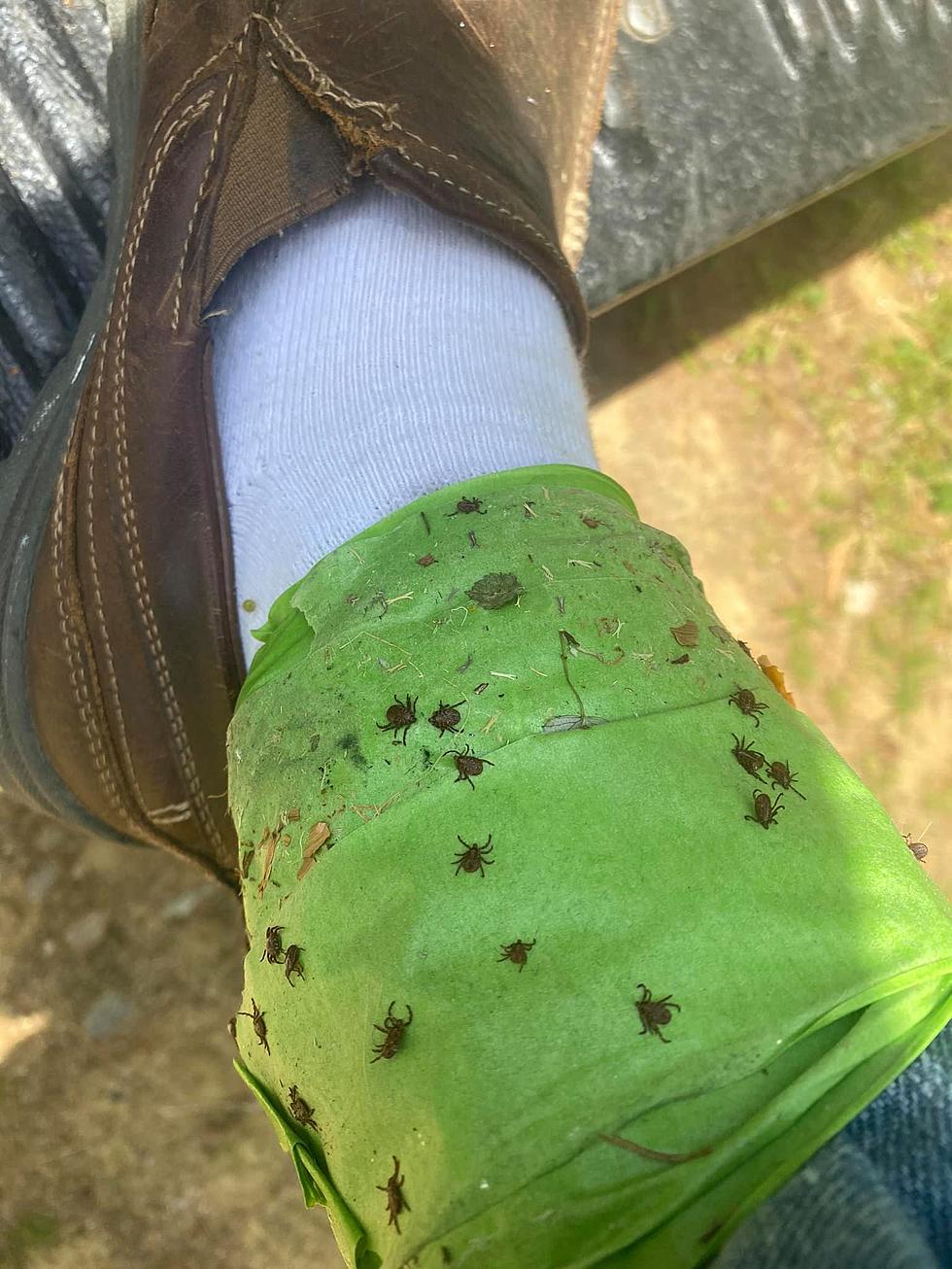
What To Do After Removing An Embedded Tick
If you find a tick attached to your skin, use a set of fine-tipped tweezers to remove it, but then what?
The ticks that transmit Lyme disease, deer ticks, are tiny and hard to see. They’re about the size of a pinhead when they come out in late spring and early summer. If you find an embedded tick, remove it correctly by following these directions from the CDC.
- Use fine-tipped tweezers to grasp the tick as close to the skin’s surface as possible.
- Pull upward with steady, even pressure. Don’t twist or jerk the tick; this can cause the mouth-parts to break off and remain in the skin. If this happens, remove the mouth-parts with tweezers. If you are unable to remove the mouth easily with clean tweezers, leave it alone and let the skin heal.
Avoid folklore remedies such as "painting" the tick with nail polish or petroleum jelly, or using heat to make the tick detach from the skin. Your goal is to remove the tick as quickly as possible–do not wait for it to detach. Tick attachment time is important, try to remove ticks within 36 hours of attachment to reduce the risk of infection. Research has found that infected ticks need to feed for 24-36 hours before transmission occurs.
Testing ticks for infection are not recommended on a routine basis. You should consult your physician to see if you should save the tick after removal for further evaluation.
After The Embedded Tick Is Removed:
- Wash hands and clean the bite area with warm water and gentle soap.
- Apply alcohol to the bite wound to prevent infection.
- Mark on the calendar when you removed the tick.
- Save the tick in a container of alcohol to show the doctor if you think you may have symptoms of Lyme disease.
The early symptoms of Lyme disease usually occur within the first month and can include fever and an expanding red rash that may appear around the area of the bite that can resemble a bull’s eye after the tick bite. Later symptoms can occur several weeks to several months later.
John Hopkins Medicine says the majority of tick bites do not transmit Lyme disease.
If this tick bite has transmitted Lyme disease, the redness may expand over the next weeks and form a round or oval red rash, usually bigger than 5 centimeters in size. It may resemble the classic bull’s eye, with a red ring surrounding a clear area and a red center. More often the rash lesion is uniformly red or reddish-blue, is minimally tender and minimally itchy (much less itchy than poison ivy). This rash, called erythema migrans, is a hallmark of Lyme disease and appears in about 70-80% of infected people.
Also from John Hopkins Medicine:
- If the rash is Lyme disease, it will continue to grow over days or weeks and will not fade in a few days.
- The Lyme rash is often confused with a spider bite.
- Tick bite reactions are often confused with the rash of Lyme disease.
- Only 2% of tick bites result in Lyme disease.
- Tick bite reactions are small, less than 1-2” in size.
- Surrounding redness does not expand when observed over 24-48 hrs.
- Reaction at the site of a tick bite can last days, even weeks.
- Lyme rash occurs at the site of the tick bite in 80% of people with early Lyme disease.
- The incubation period from tick bite to rash is 3-30 days (usually 3-10 days)
[CDC and John Hopkins Medicine]
More From 96.1 The Eagle









